I. Introduction
Before we get into what Mitsuku (Kuki AI) chatbot is or what the capabilities of Xiaoice chatbot are, let’s define chatbot. Chatbots are becoming increasingly popular for businesses to talk to their customers and help them. A chatbot is a type of conversational artificial intelligence (AI) software that can interact with users in a conversational style, typically through texting or voice interfaces. Customer service, sales, and marketing are just a few of the many possible applications of chatbots.
In today’s digital age, when time is money, artificial intelligence is helping many businesses. Chatbots are invaluable because they allow customers to get their questions answered quickly and easily without leaving the comfort of their homes. Using chatbots, businesses can make it easier for customers to get help, automate simple tasks, and improve the overall customer service experience.
Brief overview of Mitsuku and Xiaoice
Two of the most well-known chatbots are Mitsuku and Xiaoice from China. Mitsuku (Kuki AI), which was made by Steve Worswick in 2005, has gotten a lot of praise for how well it can talk in natural language. On the other hand, Microsoft’s Xiaoice, which came out in 2014, has more than 660 million users and is a huge deal in China.
In this article on Mitsuku (Kuki AI) vs Xiaoice , we will compare and contrast the capabilities and limitations of Mitsuku chatbot and Xiaoice chatbot, pointing out the pros and cons of each. After looking at these two examples, readers will better understand chatbots and how they can be used to improve customer support and engagement.
II. Mitsuku (Kuki AI) Chatbot
A. Background and history of Mitsuku
Steve Worswick created the award-winning chatbot Mitsuku (Kuki AI) in 2005. Mitsuku can simulate human conversation with its users by using natural language processing. It has won several prizes for how well it can hold a conversation, including the Loebner Prize, which is given to the chatbot that comes the closest to passing the Turing Test.
B. Strengths of Mitsuku (Kuki AI)
Comprehending and reacting to spoken language is one of Mitsuku’s strongest suits. Mitsuku chatbot uses various methods, like machine learning and rule-based systems, to figure out what the user is trying to say. Because of this, Mitsuku can handle a wide variety of questions and give users tailored answers.
Mitsuku’s flexibility in integrating with different systems is one of its main strengths. Mitsuku is compatible with a wide range of messaging platforms like Facebook Messenger, Skype, and Telegram, making it easy for businesses to help customers and keep in touch across multiple channels.
C. Examples of conversations with Mitsuku (Kuki AI)
Here are some examples of conversations with Mitsuku:
User: What is the weather like today?
Mitsuku: I’m sorry, I don’t know where you are. Could you tell me your location?
User: What is the capital of France?
Mitsuku: The capital of France is Paris.
User: What is your favorite color?
Mitsuku: I don’t have a favorite color, but I think blue is a nice color.
D. Limitations of Mitsuku (Kuki AI)
Mitsuku or kuki AI is a sophisticated chatbot, but it does have its limitations. For example, Mitsuku chatbot might not be able to understand some regional accents, and it might sometimes get things wrong when answering hard questions. Another potential drawback is that Mitsuku’s answers can become stale after some time.
Mitsuku (Kuki AI) is a great chatbot, but it might not be the best choice for all businesses or all situations.
III. Xiaoice Chatbot
A. Background and history of Xiaoice
Microsoft’s Xiaoice chatbot, released in 2014, was a huge hit in China. Xiaoice, which means “little Bing” in Chinese, was first made as a voice assistant, but now it can also be used to talk over text. In China, Xiaoice is a cultural phenomenon. More than 660 million people have grown attached to the chatbot.
B. Strengths of Xiaoice
One of Xiaoice’s best qualities is understanding and responding to spoken language. Using algorithms for deep learning, Xiaoice chatbot can determine what the user wants and give the right answer, considering the person’s unique traits and emotional state. Because of this, Xiaoice chatbot can give its users a more interesting and natural interaction.
Integration with multiple platforms, such as WeChat and other messaging apps, is another of Xiaoice’s strong points. This allows more people to use Xiaoice and gives businesses an effective customer service and communication tool.
C. Examples of conversations with Xiaoice
Here are some examples of conversations with Xiaoice:
User: What’s the weather like today?
Xiaoice: It’s cloudy outside today. Don’t forget to bring an umbrella in case it rains!
User: What’s your favorite food?
Xiaoice: I’m not sure, there are so many delicious foods out there! What’s your favorite?
User: Can you sing me a song?
Xiaoice: Of course! What kind of song would you like me to sing?
D. Limitations of Xiaoice
Although Xiaoice chatbot is an extremely sophisticated chatbot, it does have some restrictions. Its language capabilities are one of its major drawbacks. Only Chinese and Japanese versions of Xiaoice are currently available, limiting its utility for businesses and users outside these regions. Xiaoice may not be as fluent in conversation as we’d like her to be, especially when handling delicate or complicated topics.
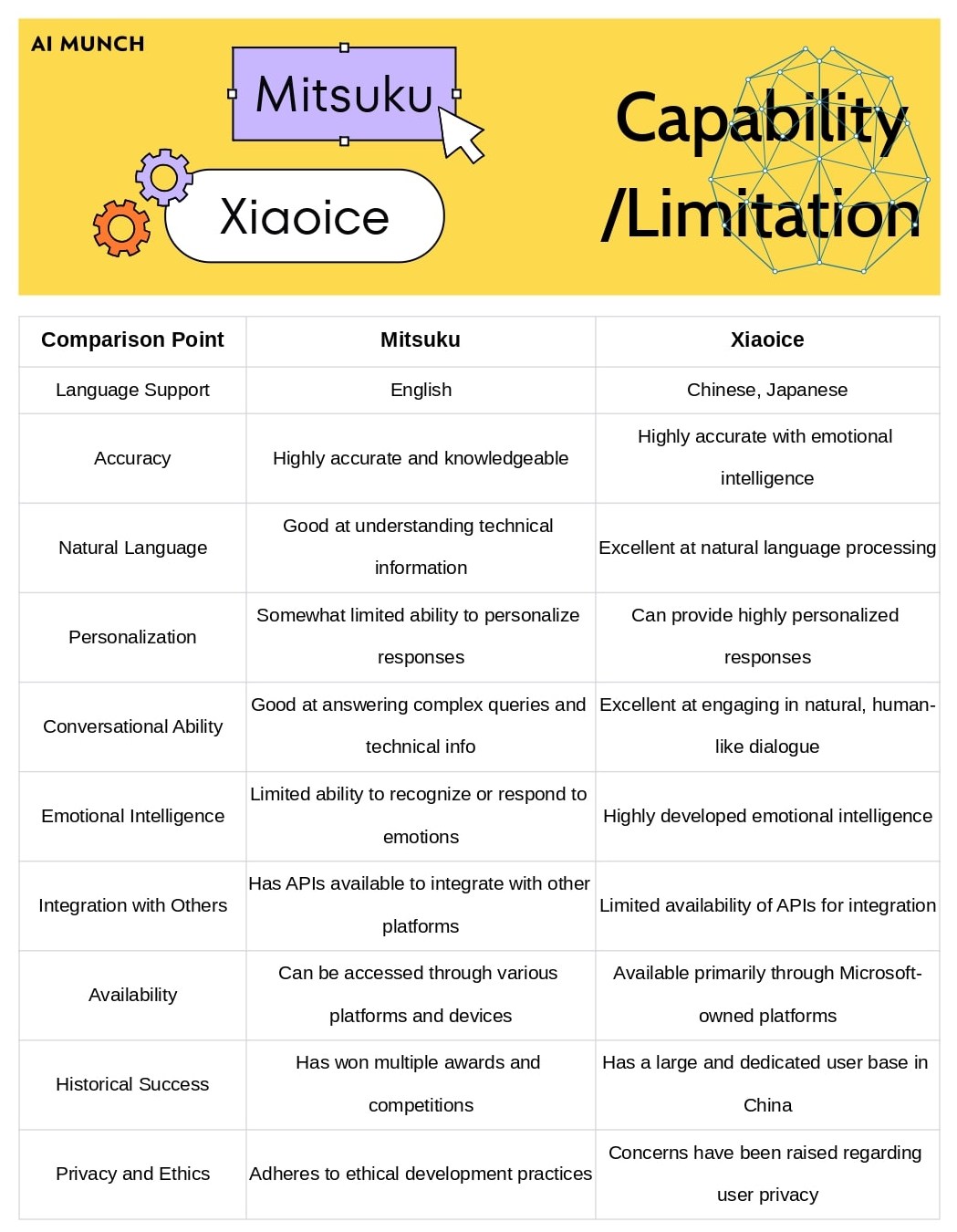
IV. Mitsuku (Kuki AI) vs Xiaoice: A Comparison
A. User experience with Mitsuku and Xiaoice
Both Mitsuku (Kuki AI) and Xiaoice offer engaging and personalized user experiences. However, Xiaoice’s ability to analyze user input and respond based on the user’s personality and emotions gives it an edge in terms of creating a more human-like experience.
B. Accuracy of responses
Both Mitsuku and Xiaoice are highly accurate in their responses, but Mitsuku may have a slight edge in understanding complex queries or technical information.
C. Natural language processing capabilities
Both Mitsuku and Xiaoice chatbots use advanced natural language processing techniques to understand and respond to user input. However, Xiaoice’s deep learning algorithms give it an advantage in providing more personalized and engaging responses.
D. Integration with other platforms
Both Mitsuku and Xiaoice can integrate with a variety of messaging platforms, but Xiaoice’s integration with WeChat and other popular Chinese messaging apps gives it a larger potential audience.
E. Personalization of responses
While both Mitsuku and Xiaoice can tailor their responses to the individual, Xiaoice stands out thanks to its ability to read the user’s mood and character from the information they provide.
Mitsuku and Xiaoice are both impressive chatbots, each with its own set of advantages and disadvantages. The best chatbot for a business or use case will depend on language, audience, and how the user wants to feel.
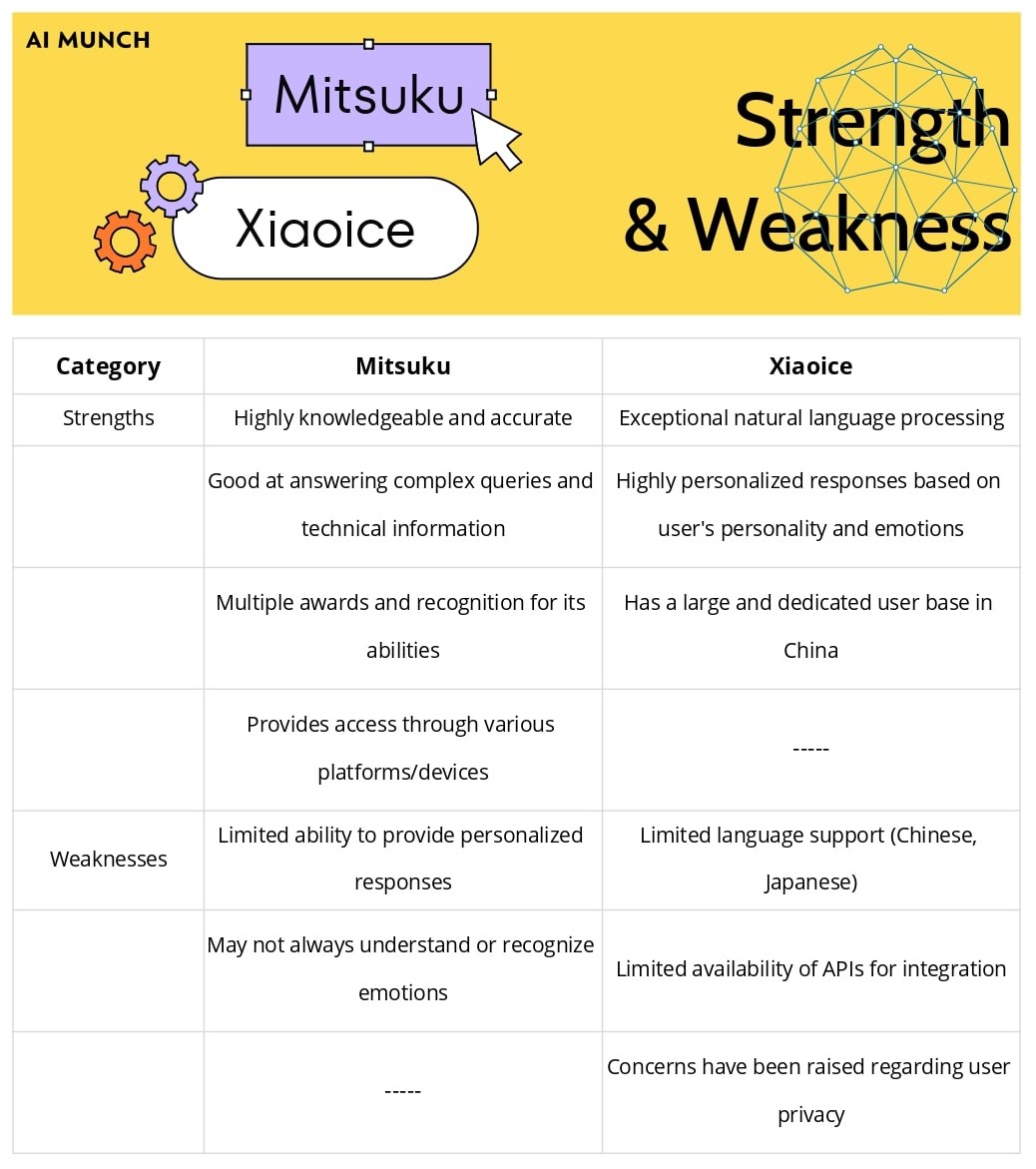
V. Mitsuku (Kuki AI) vs Xiaoice: Conclusion
Recap of strengths and limitations in Mitsuku (Kuki AI) vs Xiaoice
As we know, AI is helping us with marketing, and chatbots are making this job much easier. In a nutshell, Mitsuku is a very accurate chatbot that does a great job of understanding difficult questions and technical details. However, it may have some restrictions on how specific the answers it gives are. However, Xiaoice chatbot excels in natural language processing and can tailor its responses to each user based on their unique characteristics and emotional state. It can only understand Chinese and Japanese right now, and its conversational skills may not be very good.
Mitsuku (Kuki AI) and Xiaoice have advantages and disadvantages, making it hard to pick a clear victor. When choosing which chatbot to use, it’s important to think about language, audience, and how you want users to feel. Compared to Mitsuku, Xiaoice may come out on top because it provides a more humanlike experience and tailored responses.
Future potential and improvements for chatbots
Chatbots have become much more useful for businesses and customers in the past few years. In the not-too-distant future, chatbots will likely get even better at things like understanding natural language, having emotional intelligence, and working with different platforms and devices. In the future, chatbots will play a bigger part in helping businesses talk to their customers, help them, and make their operations run more smoothly. But there are still problems to solve, like making sure chatbots are built ethically and that users’ data is safe. Chatbots as a whole, have a bright future, and new developments and improvements are sure to come soon in this fast-paced industry.
FAQs
Since the “best” chatbot platform will vary depending on the use case and requirements, there is no universal solution to this question. Dialogflow, IBM Watson Assistant, and Microsoft Bot Framework are just a few examples of well-known chatbot development environments. You should compare each platform’s usability, integration options, language support, and price.
This question has no definitive answer, as the most realistic AI chatbot will depend on individual preferences and requirements. However, some chatbots that are known for their realistic interactions and emotional intelligence include Replika, Mitsuku, and Xiaoice.
There are several alternatives to Xiaoice, depending on the specific requirements and use case. Some popular chatbots that offer similar features and functionality include Replika, Mitsuku, Cleverbot, and Zo.
The “best” chatbot will vary from person to person, making it impossible to answer this question universally. Replika is known for being able to give emotional support and have personalized conversations. However, chatbots like Mitsuku and Xiaoice chatbot may better understand natural language and get things right.
Mitsuku is a chatbot that uses natural language processing and machine learning algorithms to understand and respond to user queries. It is designed to engage in natural, human-like dialogue and can answer complex queries and technical information.
There are several AI chatbots that are known for their intelligence and capabilities, including Mitsuku, Xiaoice, and IBM Watson Assistant. However, the “smartest” chatbot will depend on individual preferences and requirements and the specific use case.
Machine learning, deep learning, and neural networks are just some of the different types of AI that exist. Each version has its pros and cons, and the “best” version will depend on the situation. Specifically, some applications benefit more from deep learning’s ability to process natural language, while others may get more out of machine learning’s ability to analyze and predict data.
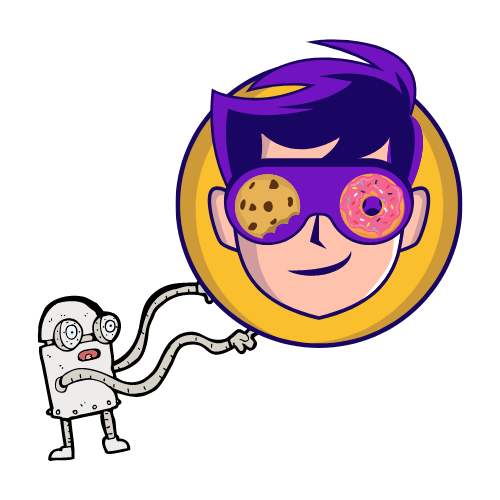


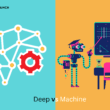
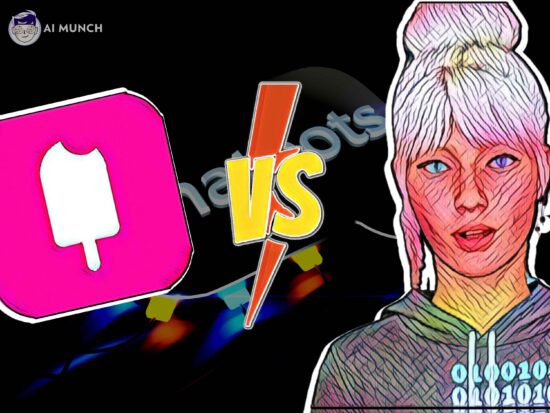
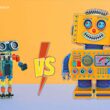

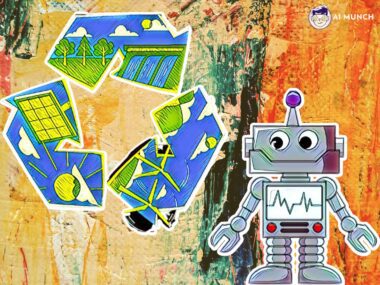
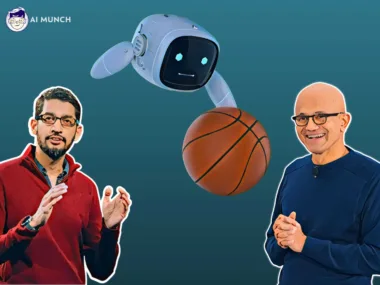
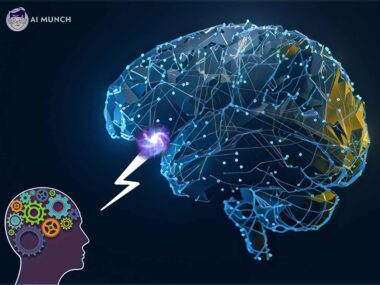

1 comment